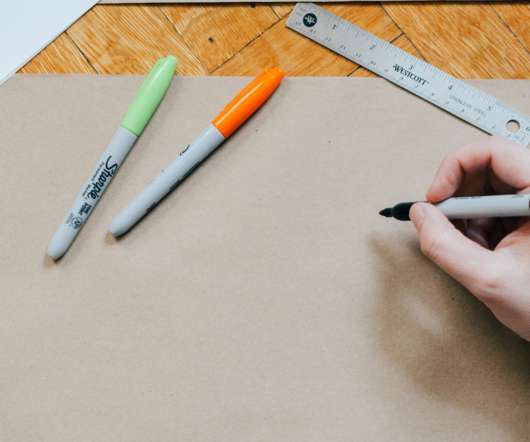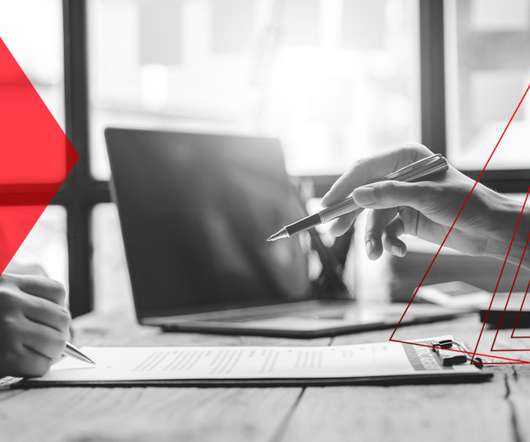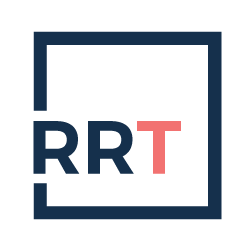Mastering Mortgage Basics: 10 Key Concepts Every Homebuyer Should Know
Redfin
JULY 11, 2023
You then make monthly payments, including principal and interest, over an agreed-upon term (usually 15 to 30 years) until the loan is fully repaid. Once the borrower’s equity reaches 20%, PMI can be canceled. These may include proof of income, bank statements, employment verification, credit history, and debt information.





















Let's personalize your content